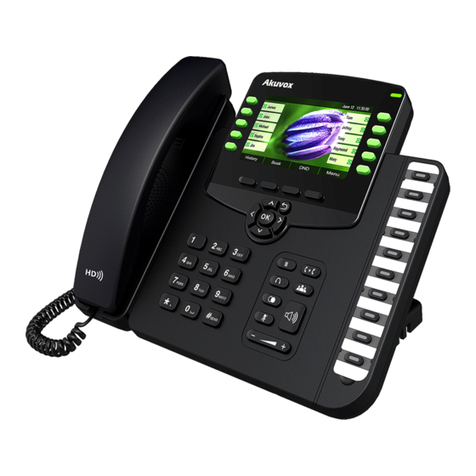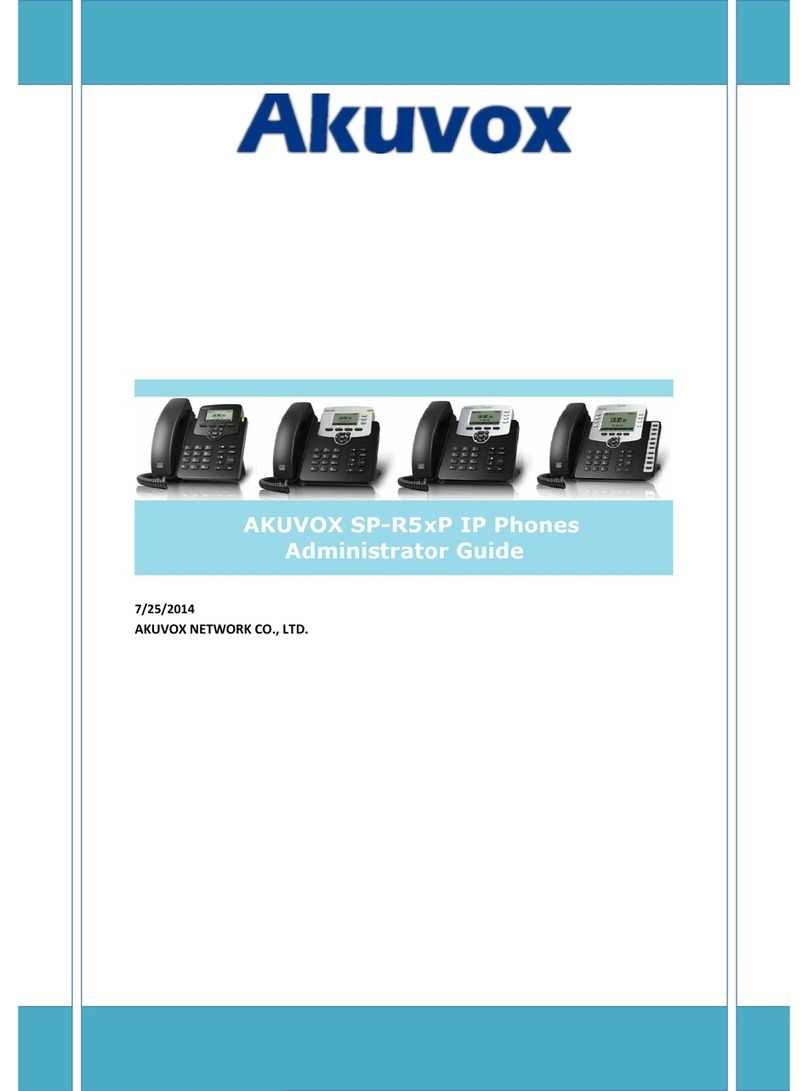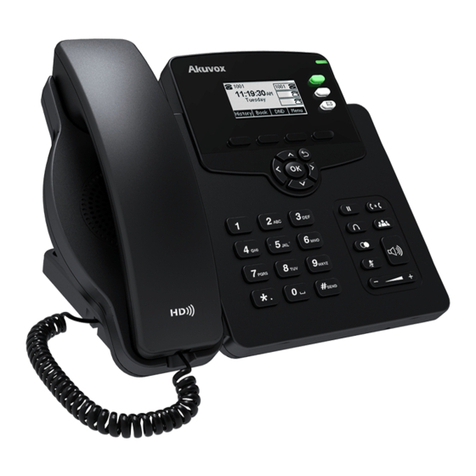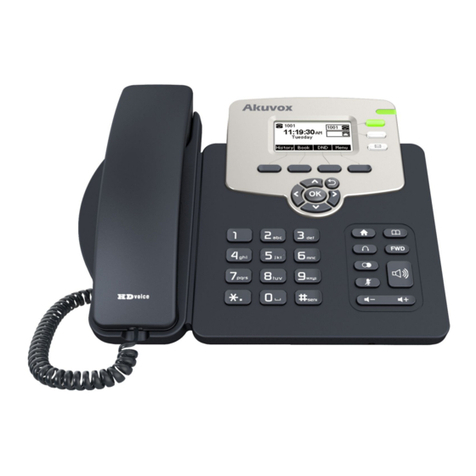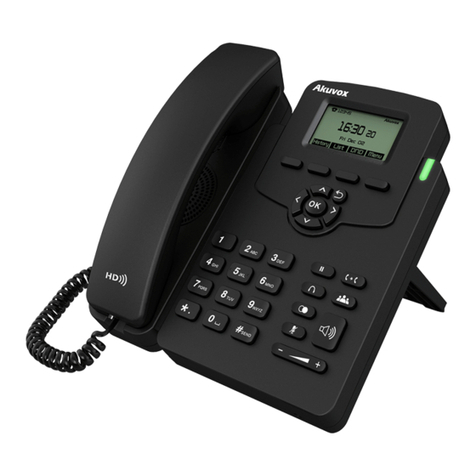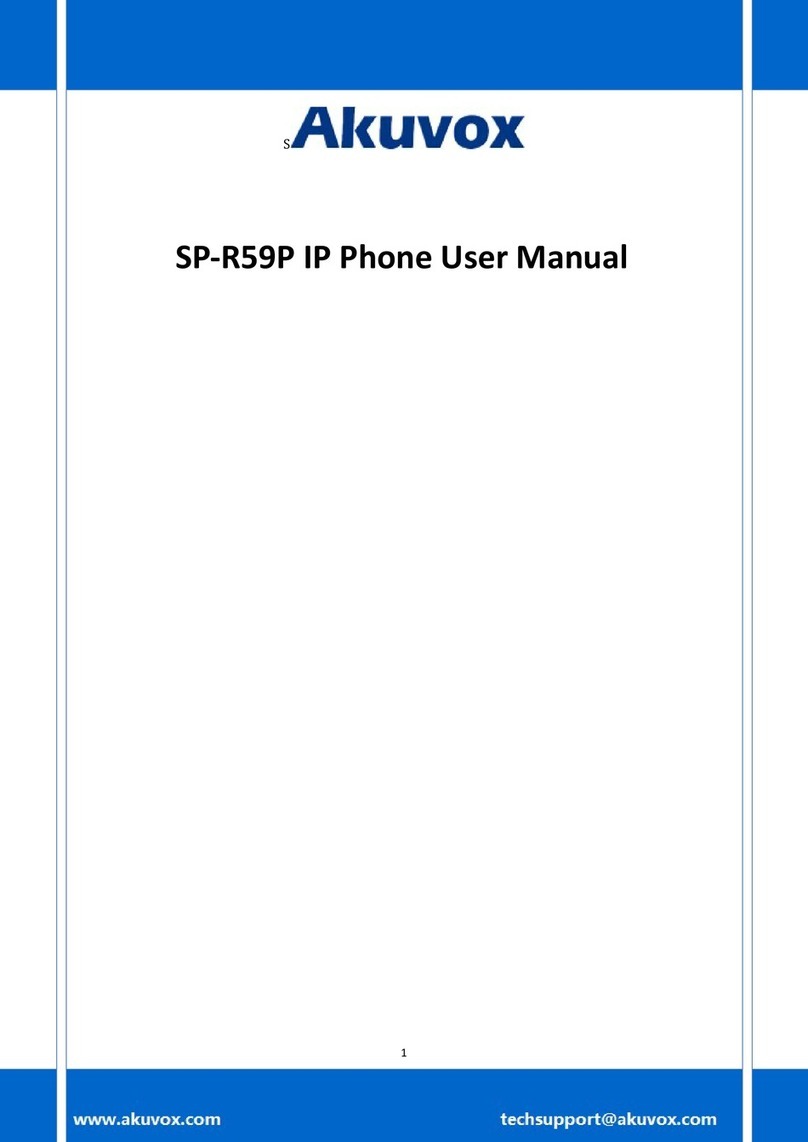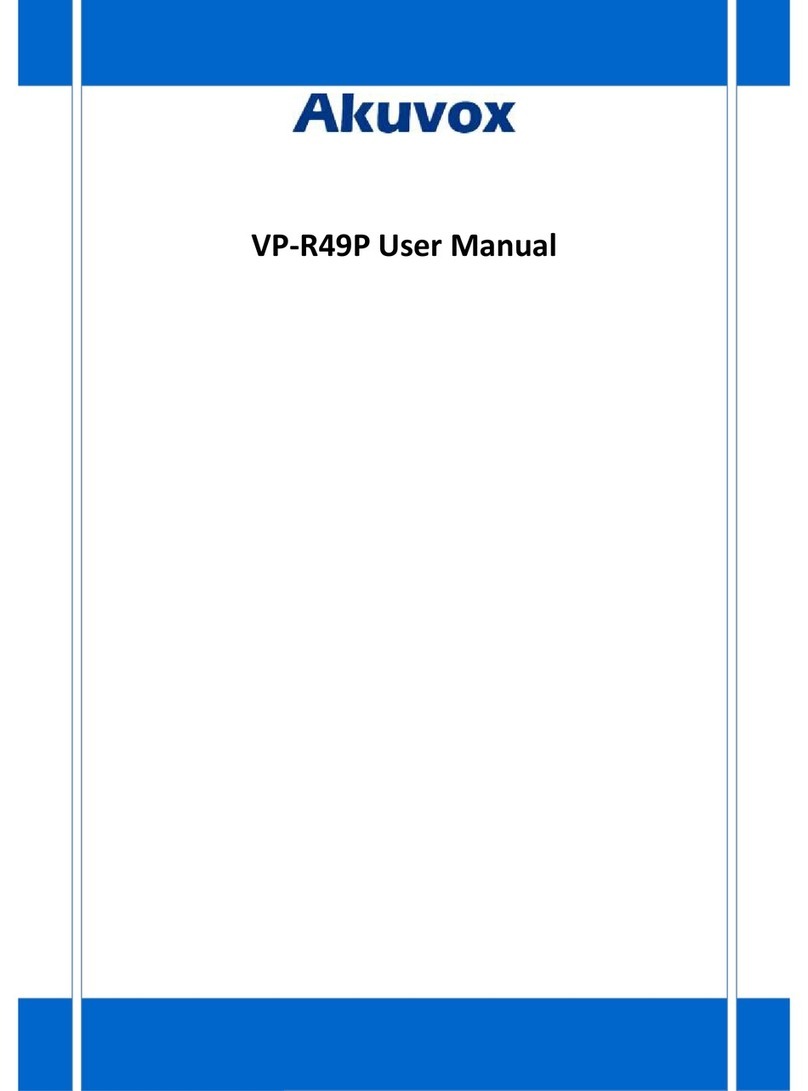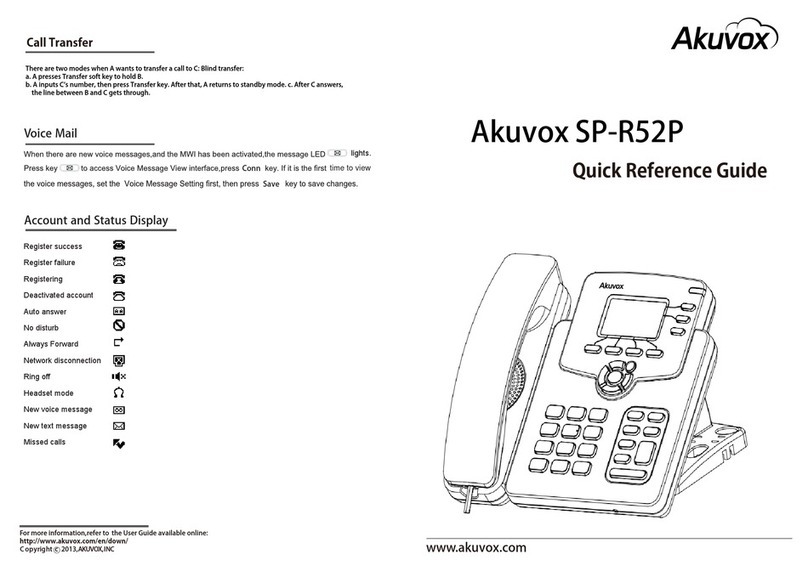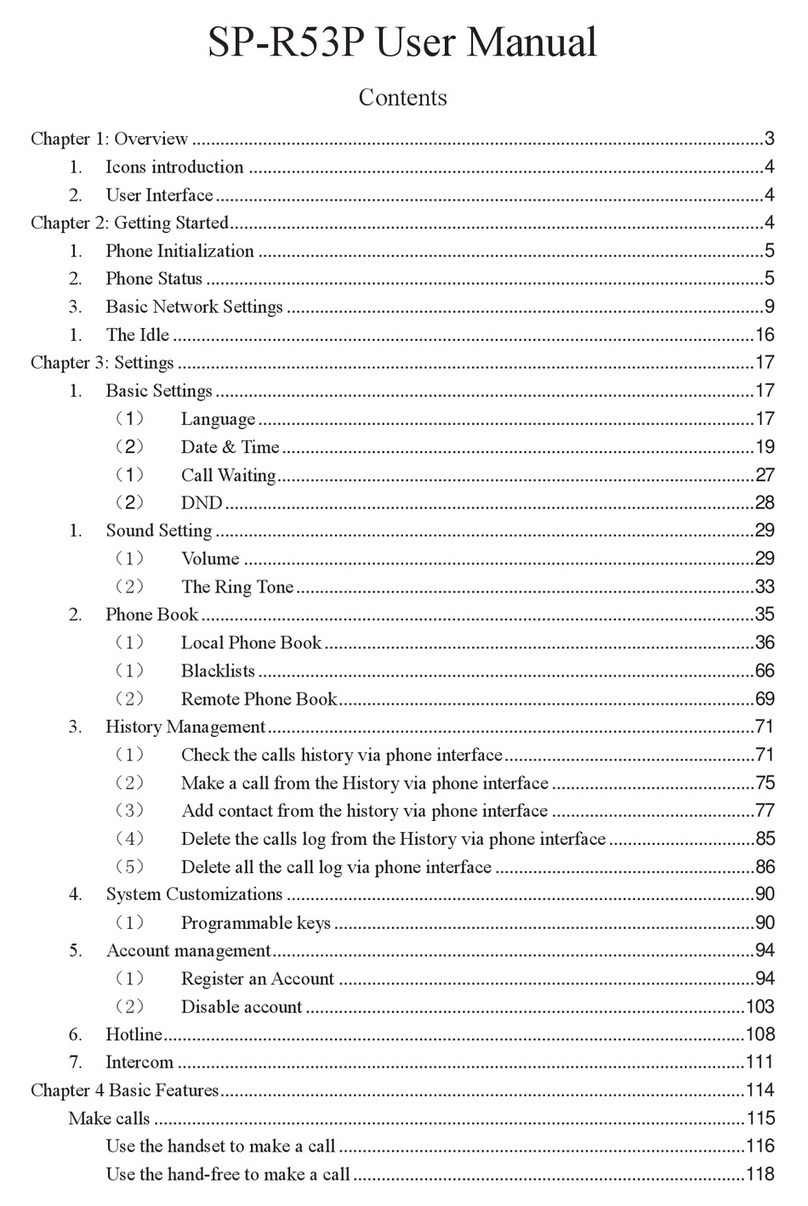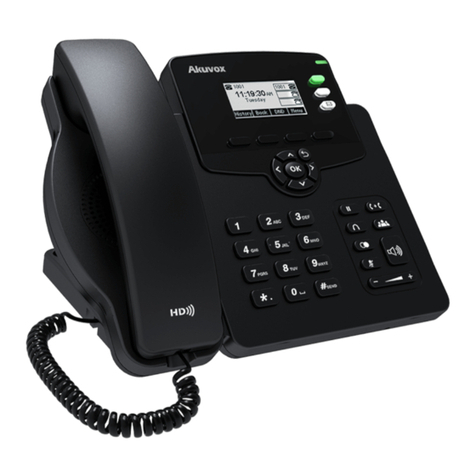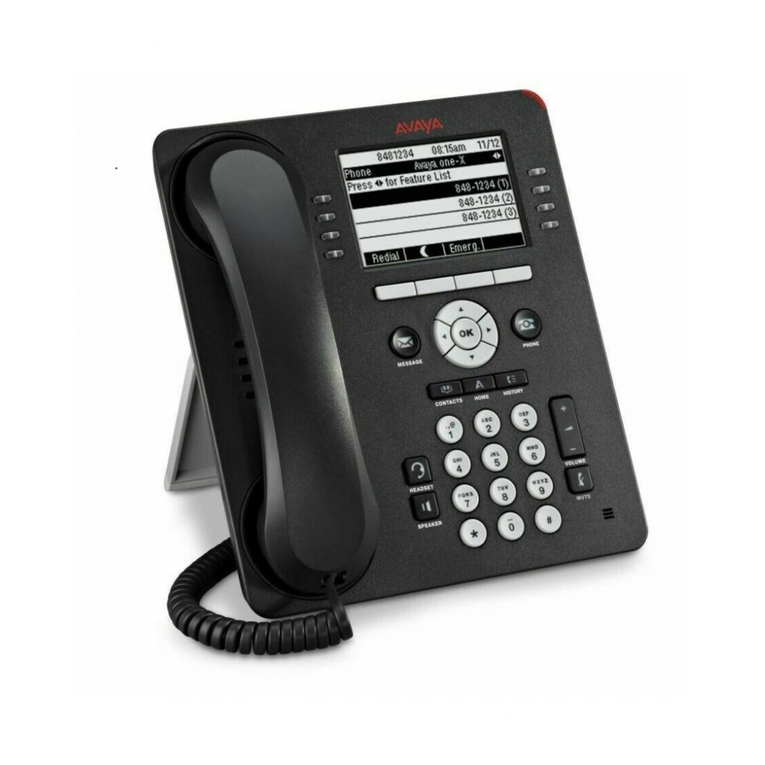
3.20 Call Recording................................................................................................ 25
3.21 Keypad Lock...................................................................................................26
3.22 Busy Lamp Field............................................................................................. 26
3.23 BLF List Code..................................................................................................27
3.24 Automatic Call Distribution........................................................................... 27
3.25 Hoteling......................................................................................................... 28
3.26 Application.....................................................................................................29
3.26.1 Text Message....................................................................................... 29
3.26.2 Voice Message..................................................................................... 31
4 Setting.............................................................................................34
4.1 Basic Settings................................................................................................... 34
4.1.1 Language............................................................................................... 34
4.1.2 Date&Time............................................................................................ 34
4.1.3 Backlight................................................................................................ 35
4.1.4 Password Setting................................................................................... 35
4.2 Sound settings................................................................................................. 35
4.2.1 Phone Volume....................................................................................... 35
4.2.2 Ring Tones..............................................................................................36
4.3 Phone Book..................................................................................................... 36
4.3.1 Local Phone Book.................................................................................. 36
4.3.2 Blacklist..................................................................................................38
4.3.3 Remote Phone Book..............................................................................38
4.4 History Management.......................................................................................39
4.5 System Customization..................................................................................... 39
4.5.1 Programmable Keys...............................................................................39
4.5.2 SIP Account Management..................................................................... 40
4.6 Basic Network Settings.................................................................................... 41
4.6.1. DHCP Mode.......................................................................................... 41
4.6.2. Static IP Mode...................................................................................... 41
4.6.3. PPPoE Mode......................................................................................... 41
4.6.4. Configure PC Port Mode.......................................................................42
4.6.5.Configure VLAN..................................................................................... 42
4.7 WebServer....................................................................................................... 43
4.8 Reset to Factory...............................................................................................43
4.9 Reboot............................................................................................................. 43
5 Web interface................................................................................. 45
5.1 Static-> basic....................................................................................................45
5.2 Account-> Basic............................................................................................... 46
5.3 Account-> Advanced........................................................................................47
5.4 Network-> Basic...............................................................................................51
5.5 Network-> Advanced.......................................................................................52
5.6 Phone-> Time/Language................................................................................. 54
